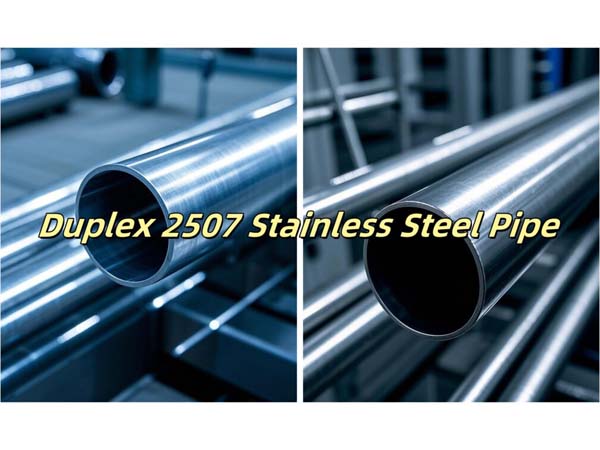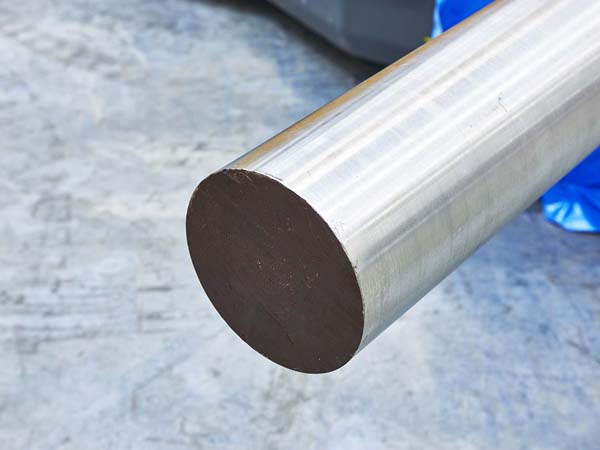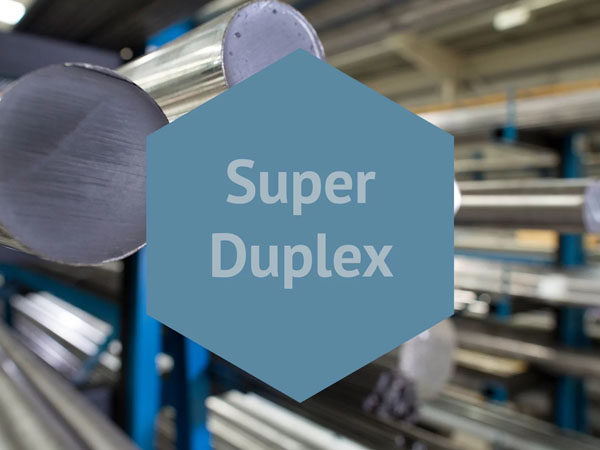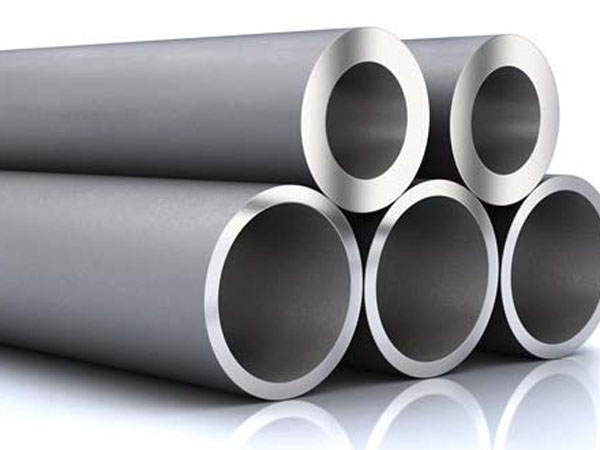





Phone
+86-731-82250427
Address
25th floor, C3 Building, Wanda Plaza, Kaifu District, Changsha, Hunan Province, China.
 May 24 2023
May 24 2023
1. Pretreatment of pickling passivation
Before picking and passivation of stainless steel workpiece, if there is surface dirt, etc., it should be mechanically cleaned, and then degreasing and degreasing. If the pickling solution and passivation solution cannot remove grease, the presence of grease on the surface will affect the quality of the pickling passivation. Therefore, degreasing and degreasing cannot be omitted, and lye, emulsifier, organic solvent, and steam can be used.
2. Control of Cl- in the pickling liquid and washing water
Some stainless steel pickling liquids or pickling pastes use hydrochloric acid, perchloric acid, ferric chloride, and sodium chloride and other corrosion media containing chloride ions as the main or auxiliary agent to remove the surface oxide layer, and use trichloroethylene for grease removal Such chlorinated organic solvents are not suitable for preventing stress corrosion cracking.
In addition, industrial water can be used for the preliminary washing water, but the final washing water requires strict control of the halide content. Deionized water is usually used. Such as petrochemical austenitic stainless steel pressure vessel for hydrostatic test water, control the C1- content not to exceed 25mg/L, if this requirement cannot be met, sodium nitrate can be added to the water to meet the requirements, and the C1- content will exceed the standard. Destroying the passive film of stainless steel is the root cause of pitting corrosion, crevice corrosion and stress corrosion cracking.
3. Process control in pickling passivation operation
Nitric acid solution alone is effective for removing free iron and other metal contaminants, but it is not effective for removing oxide scale, thick corrosion products, tempered films, etc. Generally, the HNO3+HF solution should be used. For convenience and safe operation, fluorine can be used Compound instead of HF. There is no need to add a corrosion inhibitor to the HNO3 solution alone, but Lan-826 is required for HNO3+HF pickling. Use HNO3+HF pickling, in order to prevent corrosion, the concentration should be maintained at a ratio of 5:1. The temperature should be lower than 49℃, if it is too high, HF will volatilize.
For the passivation solution, HNO3 should be controlled between 20%-50%. According to electrochemical tests, the quality of the passivation film treated with HNO3 concentration less than 20% is unstable and easy to produce pitting corrosion, but the HNO3 concentration should not be greater than 50%. To prevent over passivation. The one-step method is used to process oil removal and pickling passivation. Although the operation is simple and labor-saving, the pickling passivation solution (paste) contains corrosive HF, so the final protective film quality is not as good as the multi-step method.
During the pickling process, the acid concentration, temperature, and contact time are allowed to be adjusted within a certain range. As the use time of pickling solution increases, attention must be paid to changes in acid concentration and metal ion concentration, and attention should be paid to avoid over pickling. Titanium ion concentration should be less than 2%, otherwise, it will cause serious pitting corrosion. Generally speaking, increasing the pickling temperature will speed up and improve the cleaning effect, but it may also increase the risk of surface contamination or damage.
4. Control of pickling under stainless steel sensitization conditions
Some stainless steels are sensitized due to poor heat treatment or welding. The use of HNO3+HF pickling may cause intergranular corrosion. The cracks caused by intergranular corrosion can concentrate halide during operation, cleaning, or subsequent processing. And cause stress corrosion. These sensitized stainless steels are generally not suitable for descaling or pickling with the HNO3+HF solution. If such pickling is necessary after welding, ultra-low carbon or stabilized stainless steel should be used.
5. Pickling of stainless steel and carbon steel assemblies
For stainless steel and carbon steel assemblies (such as stainless steel tubes, tube sheets and carbon steel shells in heat exchangers), if HNO3 or HNO3+HF is used for pickling passivation, carbon steel will be severely corroded. At this time, appropriate corrosion inhibition should be added. Agents such as Lan-826. When the stainless steel and carbon steel assembly is in the sensitized state and cannot be pickled with HNO3+HF, glycolic acid (2%) + formic acid (2%) + corrosion inhibitor can be used, the temperature is 93℃, the time is 6h or the ammonium EDTA Base neutral solution + corrosion inhibitor, temperature: 121℃, time: 6h, then rinse with hot water and immerse in 10mg/L ammonium hydroxide + 100mg/L hydrazine.
6. Post-processing of pickling passivation
After the stainless steel workpiece is pickled and washed with water, it can be soaked in an alkaline permanganate solution containing 10% (mass fraction) NaOH + 4% (mass fraction) KMnO4 for 5-60 minutes at 71-82℃ to remove the acid Wash the residue, then rinse thoroughly with water and dry. After pickling passivation, stains or stains on the surface of stainless steel can be eliminated by scrubbing with fresh passivation solution or higher concentration of nitric acid. The stainless steel equipment or parts that are finally pickled and passivated should be protected and can be covered or wrapped with polyethylene film to avoid contact between foreign metals and non-metals.
The treatment of acidic and passivated waste liquids shall comply with the national environmental protection discharge regulations. For example, fluorine-containing wastewater can be treated with lime milk or calcium chloride. The passivation solution does not use dichromate as much as possible. If there is chromium-containing wastewater, ferrous sulfate can be added for reduction treatment.
Pickling may cause hydrogen embrittlement of martensitic stainless steel. If necessary, heat treatment can be used to deoxidize (heat to 200°C for a period of time).
Quality inspection
7. Stainless steel pickling passivation quality inspection
Since chemical inspection will destroy the passivation film of the product, it is usually inspected on a sample board. Examples of methods are as follows:
(1) Copper sulfate titration test
Drop 8g CuS04+500mL H20+2~3mLH2SO4 solution onto the surface of the sample plate and keep it wet. If no copper precipitation occurs within 6 minutes, it is qualified.
(2) Titration test of potassium ferricyanide
2mL HCl+1mL H2SO4+1g K3Fe(CN)6+97mL H20 solution was dropped on the surface of the sample plate, and the quality of the passivation film was identified by the number of blue spots generated and the length of time.
8. Application examples
8.1 Passivated long series
When the long series of parts are passivated, the upper and lower ends of the plated parts enter and exit the passivation solution sequentially. At the same time, when the workpiece swings in the solution, the swing amplitude of the lower end of the plated part is much larger than that of the upper end; When it stays in the middle, the solution flows from the upper end to the lower end. The surface of the lower plated part has more solution than the upper plated part, and the lower end has more chemical reaction time with the solution. All these make the passivation film at the lower end darker than the upper end. In order to reduce the chromatic aberration, it is recommended that such parts enter and exit the passivation solution horizontally (the lower end is hooked with a hook), and to prevent the anode from being used too long.
8.2 Passivation of long parts
When the long parts are passivated, if the passivation tank cannot be accommodated, temporary measures can be taken. Use bricks or wooden strips to process a frame that can accommodate the plated parts. The frame is lined with plastic cloth and can be used after injecting passivation solution. Using this method is convenient and can avoid quality problems such as uneven film or production of joint marks.
8.3 Passivation of flat parts
Generally, when flat parts are passivated, the edge part and the passivation solution will be in contact with the passivation solution more violently when swinging in the passivation tank, which will cause the uneven color of the passivation film at this part. This problem can be solved by stirring with compressed air. , good results. In order to improve the uniformity of the passivation film, it is also necessary to pay attention to the uniformity of the current distribution during the galvanizing process. If necessary, the edges of the plated parts should be shielded to prevent the roughness of the coating due to excessive current and affect the color of the passivation film.
8.4 Surface passivation
After passivation of the surface finish part because the surface is smooth, the passivation solution is difficult to adsorb on its surface and will be lost quickly, so the residence time in the solution and in the air during passivation must be appropriately extended, otherwise the passivation film of the workpiece It looks lighter.
8.5 Passivation of easy pocket water parts
Avoid taking out the solution, so as not to cause excessive damage, consumption, and environmental pollution of the passivation solution, and to ensure the quality of the passivation film in this part.
8.6 Passivation of small pieces
The whole string of strapped workpieces can be passivated in a plastic basket, so as to avoid being separated from the group due to shaking during passivation and falling into the groove to cause repair.
